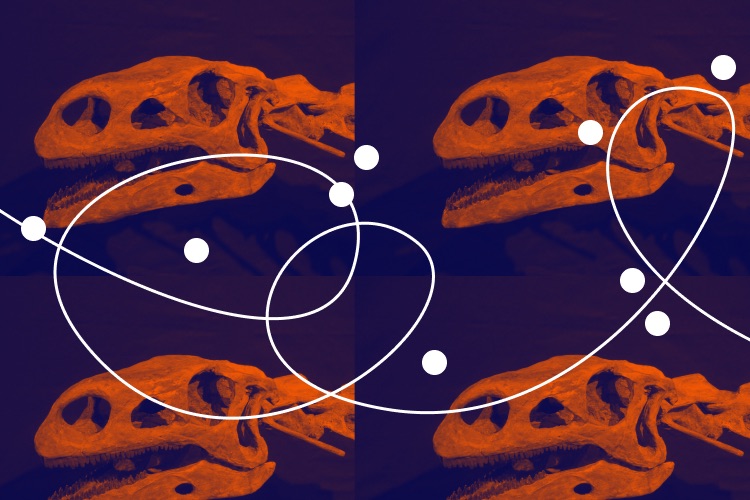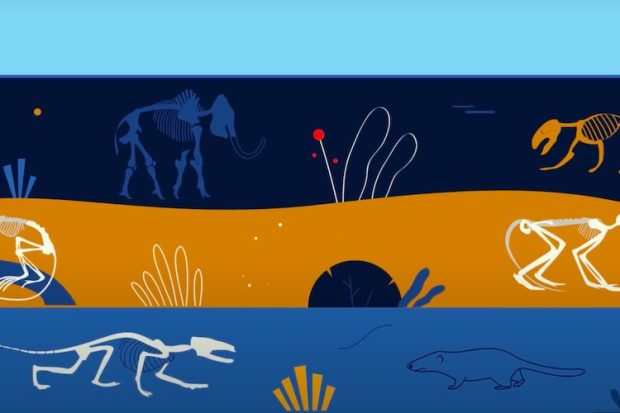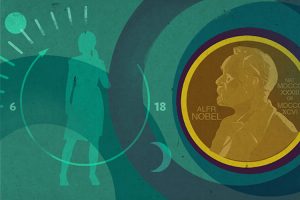Creating and Maintaining Human Stem Cells
MIT Human Stem Cell Lab Director Maya Mitalipova on signaling pathways, mouse blastocysts, and totipotency

Zhounghe Zhou is the director of the Institute of Vertebrate Paleontology and Paleoanthropology of the Chinese Academy of Sciences and the first palaeontologist to describe the ancient bird Confuciusornis. Serious Science has asked Dr Zhou about the world and the fauna of the Jurassic and recent progress in the studies on that period.
What animals lived on Earth in Jurassic?
Dinosaurs were dominating the land. Various dinosaurs, including many giant plant-eating dinosaurs (sauropods, the largest animal at the time, e.g. Brachiosaurus, Mamenchisaurus, Diplodocus), plant-eating stegosaurs (e.g., Stegosaurus), ankylosaurs, and meat-eating dinosaurs such as Allosaurus and Compsognathus were dwelling at that time. And the most interesting among the dinosaurs are probably the recently discovered feathered dinosaurs from China (such as the four-winged Anchiornis), some of which eventually evolved into birds. It is also notable that the ancestors of tyrannosaurs also made their first appearance in the Jurassic.
In the sky pterosaurs were the dominating giants. Most of them are long-tailed rhamphorhynchoids (e.g, Rhamphorhynchus), and some are short-tailed pterodactyloids such as Pterodactylus. Also, the first and only bird, Archaeopteryx, appeared during the Late Jurassic.
Insects were also very common, and many modern groups had their first members appear at that time, including wasps, beetles, flies, dragonfly, some blood-feeding giant fleas etc. Some of the insects also developed mouthparts for fluid-feeding.
Many other invertebrates, bony fishes, amphibians, lizards, turtles and crocodilians were living in the freshwater environments in the Jurassic.
Which animals were mostly spread in the sea?
In the sea, the ichthyosaur reptile was the most famous and dangerous vertebrate, accompanied by plesiosaurs, marine crocodiles, bony fishes, sharks, and rays. Among invertebrates in the Jurassic sea ammonites and belemnites (belonging to cephalopods) are the most famous ones, and other well-known animals include foraminiferans, dinoflagellates, corals and sponges that contributed to the flourishing reef ecosystems. Other invertebrates also include gastropods (like snails), branchipods and crinoids, etc.
How did animals evolve in Jurassic?
The climate was generally hot and dry in the Jurassic, but during the Middle-Late Jurassic transitions at about 160 million years ago there was probably a cold interval. Many large animals, such as most of the stegosaurids and sauropod dinosaurs, were extinct by the end of the Jurassic, together with many ammonoids, marine reptiles, and bivalves.

Possibly due to the cold temperature during the Middle Jurassic to Late Jurassic transition, the first feathered dinosaur and haired pterosaur have appeared. And because of the appearance of feathers on dinosaurs the ancestors of birds finally learned to fly and evolved into the first bird that was capable of flapping flight.
In the Jurassic, insects became much more diversified and developed a lot of new feeding strategies, which also co-evolved with plants and vertebrates.
Are there any surviving descendants of Jurassic animals?
Some of the Jurassic animals became extinct by the end of the Jurassic. However, many of them continued their evolution in later ages and even have their living descendants today.
Pterosaurs kept evolving into the Cretaceous. However, long-tailed rhamphorhnchoids were largely extinct by the end of the Jurassic, and the short-tailed pterosaurs became even more diversified in the Cretaceous. Yet, all pterosaurs died out by the end of the Cretaceous. Ichthyosaurs and plesiosaurs also evolved into the Cretaceous but became completely extinct by the end of the period.

Many dinosaurs continued their evolution in the Cretaceous, but all became extinct by its end, with only one exception – the birds, the descendants of a group of feathered theropods. Archaeopteryx is the only bird currently known in the Jurassic, and its descendants were diversified in the Cretaceous. Only one branch of them (Neornithes) survived the K-T extinction, became successful in the Cenozoic, and continued evolving.
Like birds, many early mammals in the Jurassic evolved into the Cretaceous, but only a very few groups survived the K-T extinction and evolved into today’s species.
It is notable that many invertebrates, bony fishes, insects, amphibians, lizards and turtles – all have evolved up to now, although many species in the Jurassic became extinct at some point of their history.
What did earth and sea of the Jurassic look like?
The Jurassic World and sea looked different from that of today. The oceans then were also different, largely because of the changing positions and shape of the major continents. At the beginning of the Jurassic, there was a supercontinent called Pangea, which began to drift apart. By the Middle and Late Jurassic, South America was separated from southern Africa. Laurasia (Asia and Europe) also moved away from Africa and South America, helping to create the Atlantic Ocean and the Gulf of Mexico. The Atlantic Ocean today did not exist in the Jurassic; it appeared by the time of Early Cretaceous at about 130 million years ago.
It has been proposed that the Atlantic and Indian Oceans were closed in the Early Jurassic, the east-west initial opening of the Pacific Ocean happened during the Early Jurassic, the initial opening of the North Atlantic occurred at about 180 million years ago (Early Jurassic). The South Pacific and the Indian Ocean are both considered to have opened some 155 million years ago (Late Jurassic).
Rising sea levels in the Jurassic flooded many of the continental interiors during the Jurassic, creating epicontinental seaways in North America and Europe that are different today.

MIT Human Stem Cell Lab Director Maya Mitalipova on signaling pathways, mouse blastocysts, and totipotency

Molecular biologist Maxim D. Frank-Kamenetskii on the round form of DNA, changes in topology caused by topoiso...

Pathobiologist Juergen Richt explains the significance of the studies for which the 2015 Nobel Prize in Physio...